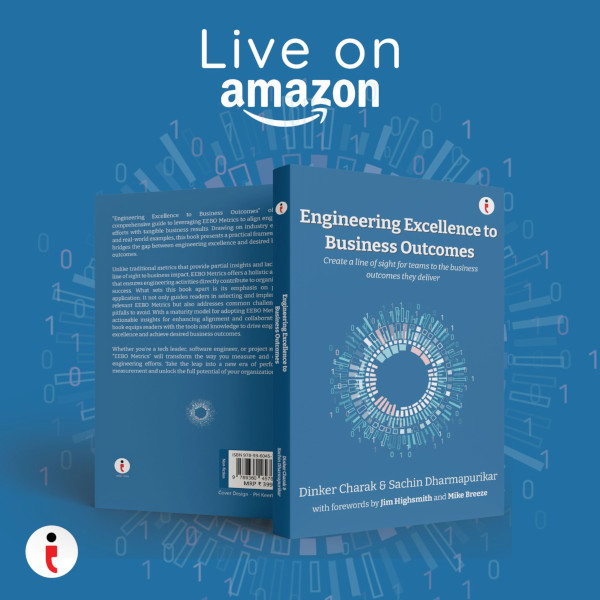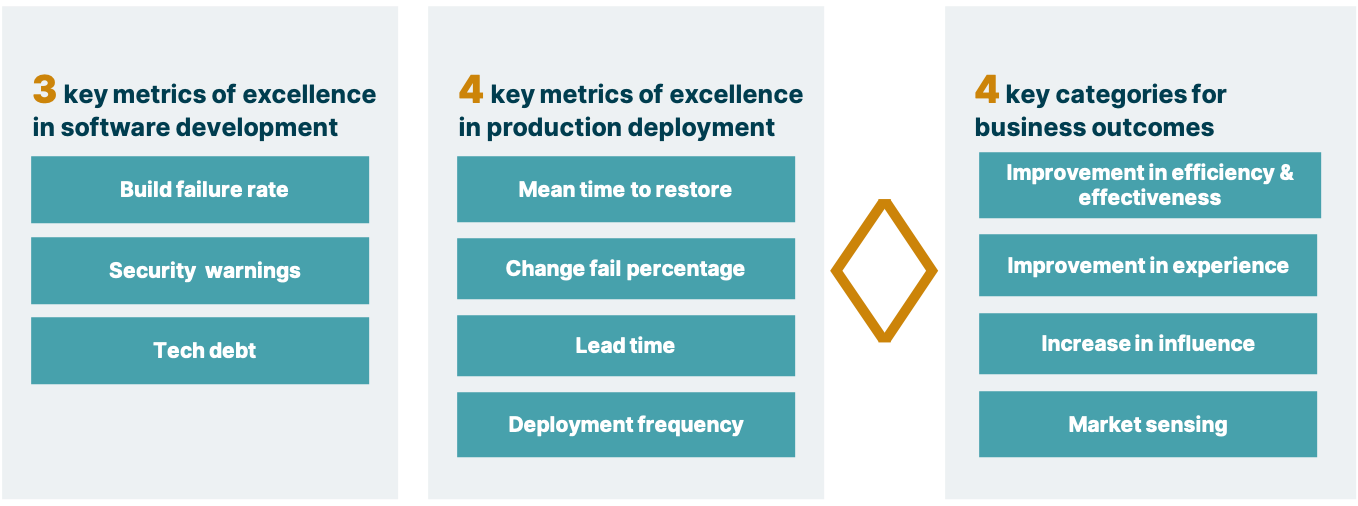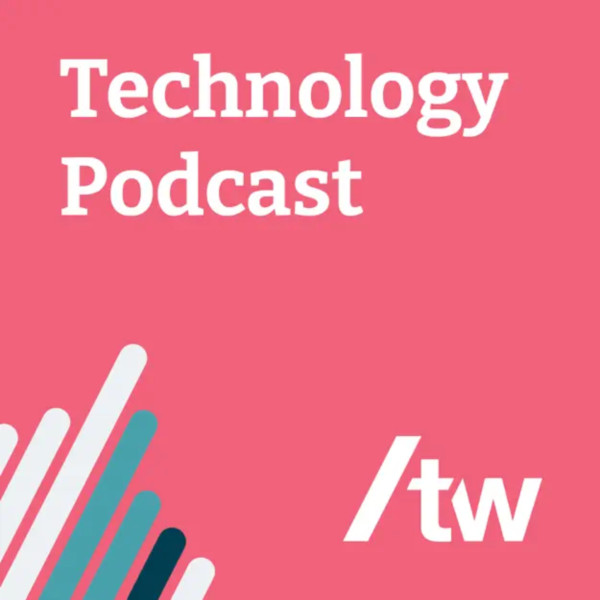
Available on Amazon and book stores near you!
Benefits
EEBO Metrics act as clear value articulation of the benefit of engineering excellence
EEBO Metrics provide guardrails for long-running programs by acting as fitness metrics
EEBO Metrics give each member clarity on how their work leads to the final benefit
Usage
Use EEBO Metrics to identify derailment of engineering excellence or misalignment to outcomes
Use EEBO Metrics as an information radiator, fostering alignment between team members and business stakeholders
Characteristics of a good EEBO Metrics
These characteristics make them less susceptible to gaming or manipulation as they requires alignment and effectiveness across multiple facets of the program
EEBO Metrics tend to be derived or multivariate metrics, which are calculated from multiple data points or measurements
EEBO Metrics also tend to be meta in nature, which means the metrics measure other metrics’ impact on the overall program
EEBO Metrics are easily understood by all in the program, ensuring shared understanding of the fitness & outcome metrics
Structure of EEBO Metrics

What are the recommended EEBO Metrics?








